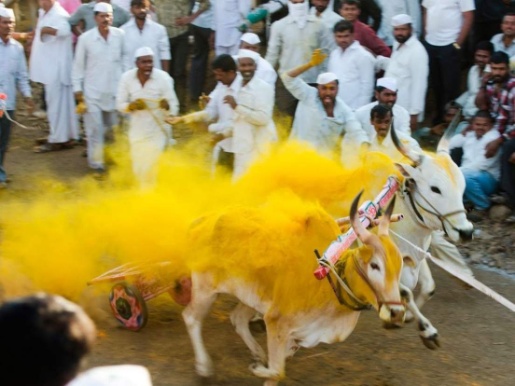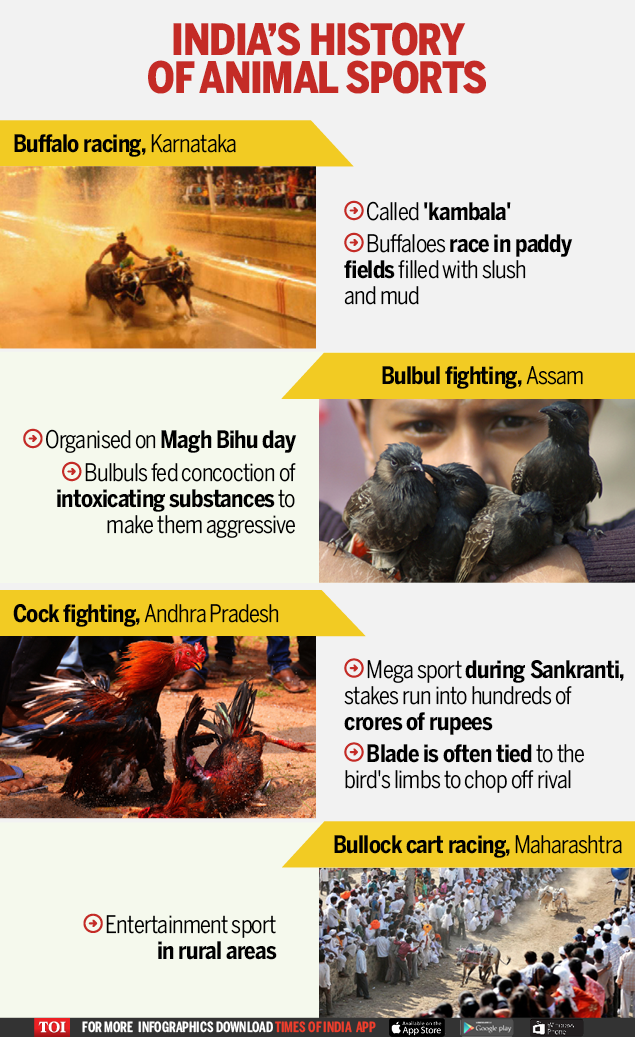Free Courses Sale ends Soon, Get It Now


Free Courses Sale ends Soon, Get It Now



Disclaimer: Copyright infringement not intended.
In News
Sequence of events
Arguments against such games
The case for culture and tradition
Final Words

© 2024 iasgyan. All right reserved